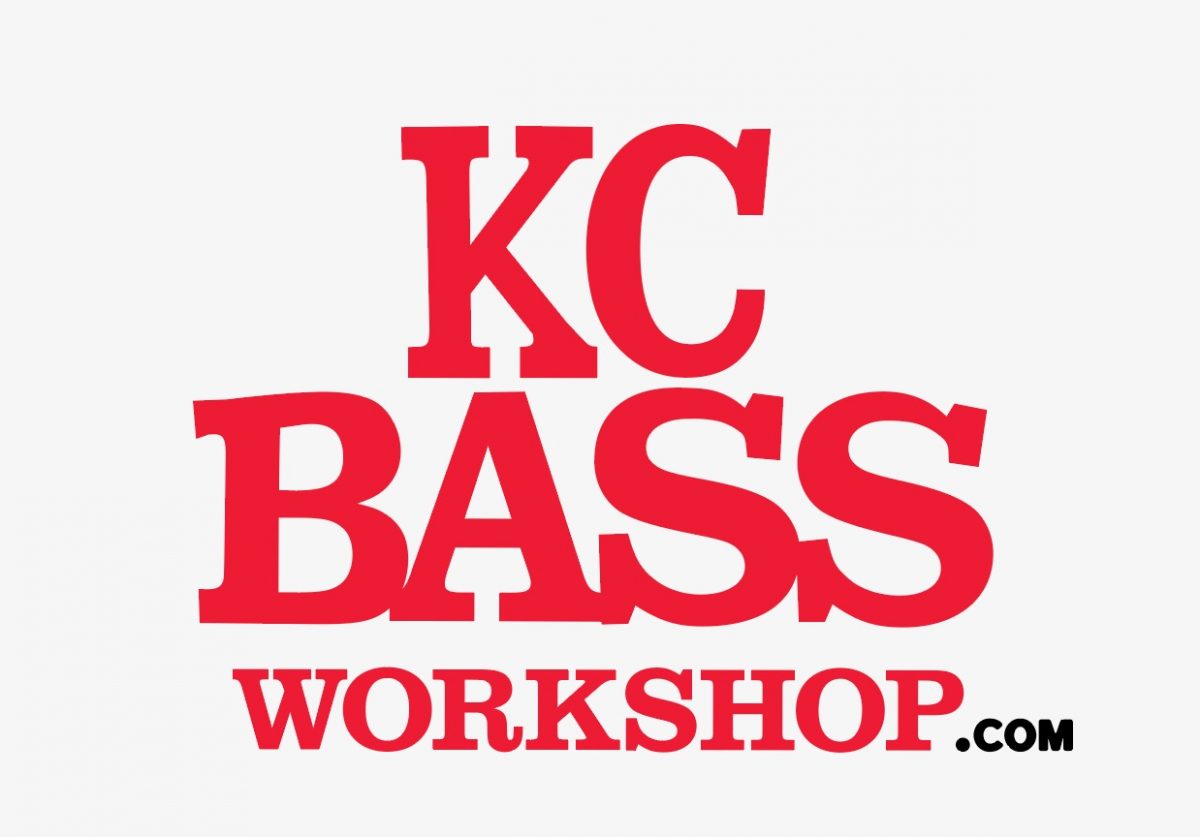the excerpts below are for the 2023 KS and Mo. We will have updated the page to 24 by the end of the summer to help you fall in love with the art.
The main thing you should know about playing jazz bass is that you should be able to read the notated parts and improvise a bassline in a similar fashion off the chord charts. After that knowing how to play the melodies and do a improvised solo are also highly recommended. Here are some more recommendations on how to approach all of these issues. These are just a small example of the great jazz classics that are just filled with inspiring bass playing. Other great pieces we have explored at kcBassworkshop This art form as well as many other styles of music is based on learning by ear and from the musicians themselves. It is important to work at learning songs by ear even if you are a classical (or reading) musician. So make sure you try to play in jam sessions and/or hangout with musicians in this style. Every style of music has their “standard” pieces that everyone learns the lists below is a good way to get started in jazz.
It is important to say to any person wanting to do a deeper study of these pieces to mention these amazing helpful tools. The I real pro app is pretty great practice tool and is fast becoming a standard of jazz teachers expectation. It’s also very fun for many styles of music. The Real book (a book with all the jazz tunes that get asked at jam sessions). Rufus Reid’s bass book is great. The Ray Brown book. And of course many more. The below is a significant amount of access to your study by listening to great recordings and having access to the chords and melodies as well as transcribed baselines. This is very helpful for you to make a lot of progress quickly.
Please check. with your jazz band director as to what is asked for district as it is sometimes that you prepare all state stuff and then they pick what they want to hear at district. Many times it’s the easier piece for this round. Other states will tell you what piece to work on for this round and then you can work on the next stuff if you get into district. You have to do district to be able to audition for state no matter what state you are in.
always check in on these things when approaching this kind of material.
- concentrate on playing along with the original materials with your focus on the rhythm (groove) and how it fits with the drums, and other rhythm instruments (guitar or piano). Swing has the pulse on 2 and 4 which makes the whole thing work. You have to do this and it’s not written down. Try making the 1 and 3 less volume rather than over accenting the 2 & 4. Don’t forget to snap your fingers on 2 & 4 and remember it’s primarily a dance music. Your job to make people wanna move. Most of the other grooves involved in Jazz bands are also dance driven so embrace this part first. This part is a really exciting and fun to learn.
- the form of the song may help you the most so singing or learning the melody as soon as you can will help to process the many notes or chords coming at you. So know if the tunes is 12, 16 bars, or 32 bars.
- always practice knowing the chords to the tunes by playing roots only while singing tune. Then add simpler things like octaves, fifths. You can start simple improv ideas by playing with these in an order r 8 5 8 or r 5 8 5 etc. If you are reading the notated parts you can just play the first note of the measure and repeat that to concentrate on form unless you know how to analyze walking line to see chords.Don’t add the harder parts til you are grooving. Later add more complex patterns 1 3 53 and mix them up 1 5 3 5. or add chromatic lines. You can also write out a few chorus of your own line to better get your ideas together til you can just improvise them. The study of walking baselines is important for all bass player types and is highly encouraged to pursue.
- If you don’t know your chord symbols please note it’s easier to learn this by songs you already know how to sing. Currently there are many songs that are on youtube under lyrics with chords. Here are some easier and popular songs…. Stand by Me, Yellow Submarine, Three Little birds (Bob Marley), Hallelujah (Lenard Cohen). Many bigger named artists are on there with almost their entire songbooks done very well. After that please learn your chord theory. The circle of 5ths is something that will help this greatly. Usually the theory and the grooving get stronger with every tune and every jam.
- Please use the following links to see what is asked of district and state jazz bassists (also what is asked of jazz bassists) in jazz band. Then of course enjoy these links to help dig into these great works and incredible bass players. It is also advised to work with the great jazz bassists in lessons and workshops in your area.
Kansas all state Jazz band material link
Missouri District and state Jazz Band Material Link
The last piece asked on audition is a blues in F. That is an original melody but, this tune would be one of the standard tunes asked for in that same concept.

